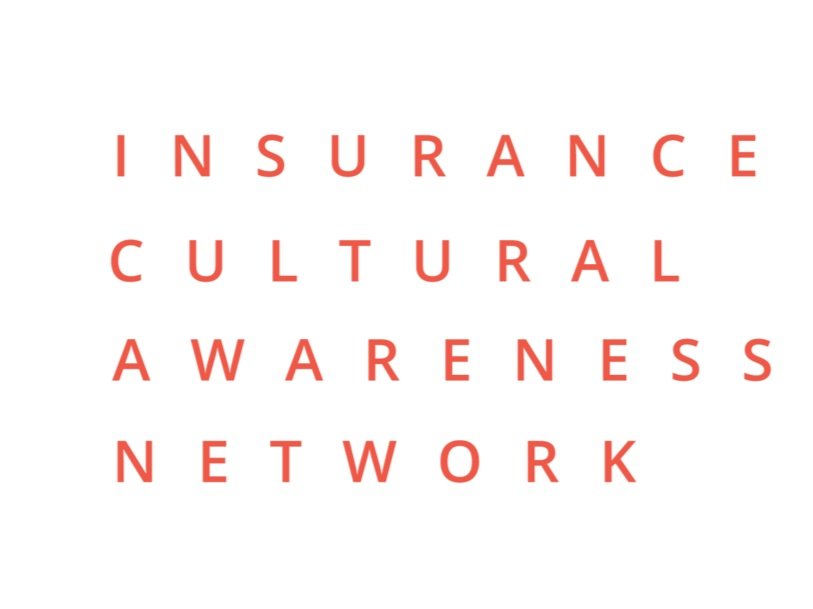Happy Hanukkah!
Everyone at iCAN would like to wish all of our Jewish friends and members a happy Hanukkah - Chag urim sameach!
Learn more about Hanukkah and how it is celebrated below…
The story of Hanukkah, or Chanukah
Chanukah is an eight-day ‘festival of lights’ celebrated with a nightly menorah lighting, special prayers and food.
‘Chanukah’ is a Hebrew word that means ‘dedication’, and the festival celebrates the rededication of the Holy Temple.
The rituals associated with Chanukah date back to the second century BC, when the Holy Land was ruled by the Seleucids (Syrian-Greeks) who forced the people of Israel to accept Greek culture. In defiance of this, a small band of faithful Jews led by Judah the Maccabee drove the Greeks from the land and reclaimed the Holy Temple in Jerusalem to rededicate it to the service of God.
When they then tried to light the Temple's Menorah (a seven-branched candelabrum), there was only a single cruse (a small jar) of oil that hadn’t been contaminated by the Greeks. Although this should have only been enough to light the menorah for one day, it remained lit for eight days before new oil could be prepared under conditions of ritual purity.
How Chanukah is observed today
The most important of all Chanukah traditions is the lighting of the menorah each evening. Also known as the Hanukkah lamp, the menorah recalls the Temple lampstand and can either be a simple or elaborate candelabra with eight branches plus a holder for the shammash (“servant”) candle that is used to light the other eight candles.
There are also a number of nonreligious customs associated with Hanukkah, including festive meals, songs, games, and gifts to children. Potato pancakes (latkes), doughnuts (sufganiyot), and other treats fried in oil, which recall the miracle of the oil, are popular.
Children also receive presents and gifts of money (Hanukkah gelt), which is sometimes distributed in the form of chocolate coins wrapped in gold foil. Card playing is common, and children play a game with a four-sided top called a dreidel (Hebrew “sevivon”). On each side of the top is a Hebrew letter, which forms the initials of the words in the phrase “nes gadol haya sham”, meaning “a great miracle happened there”.
Learn more:
https://www.chabad.org/holidays/chanukah/article_cdo/aid/102911/jewish/What-Is-Hanukkah.htm
https://www.nationalgeographic.com/history/article/history-of-hanukkah


